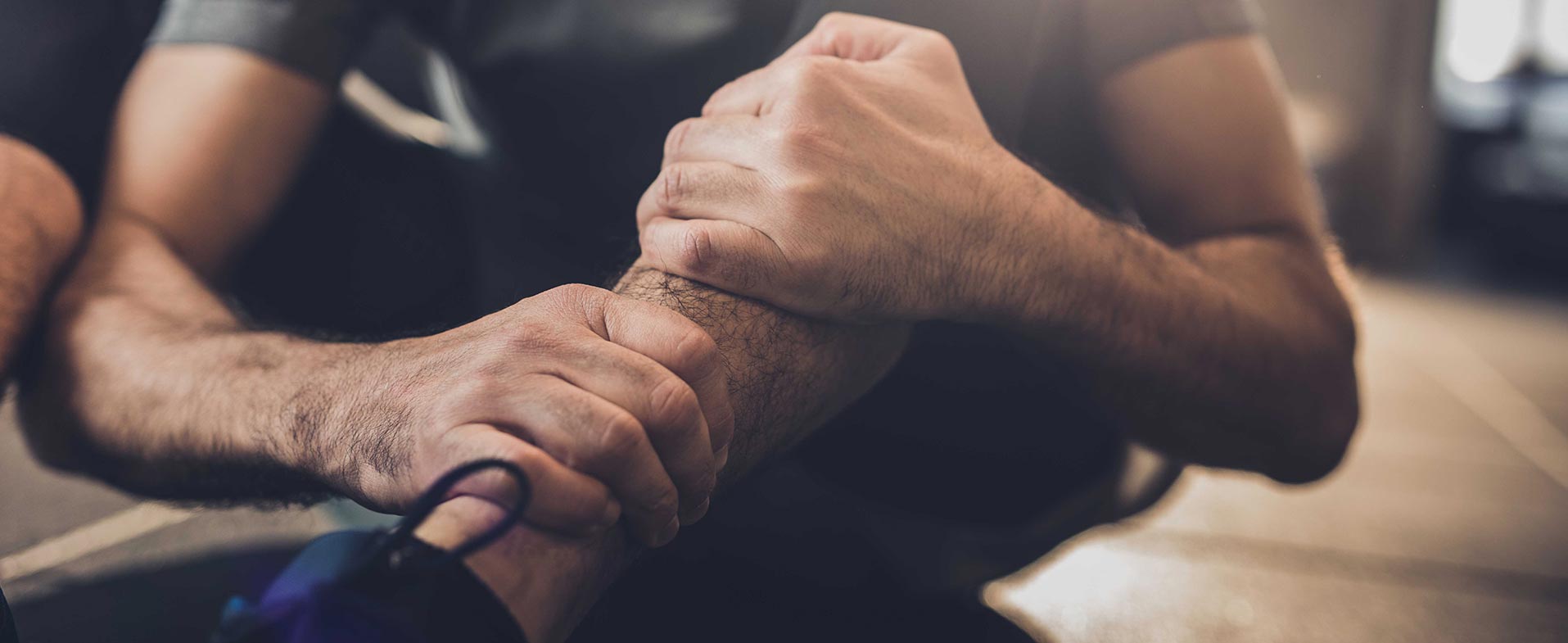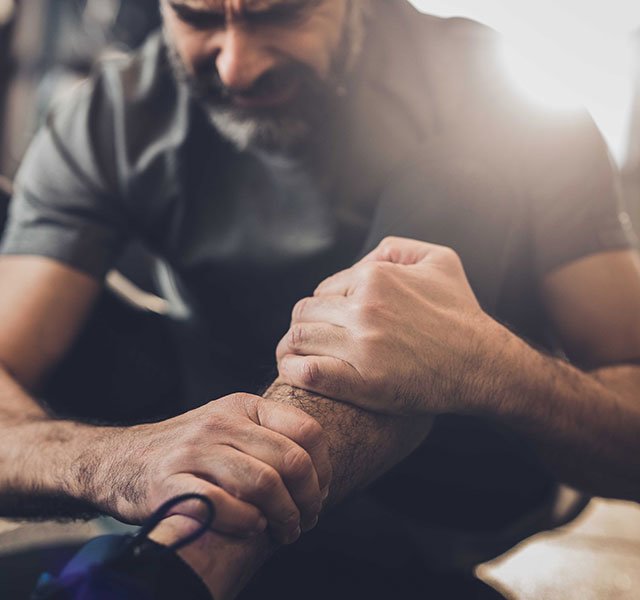If your shins throb when you’re running — or even while standing for too long in one place. It could be a familiar culprit: shin splints.
The term refers to an aching sensation along the shin bone, which runs down the front of your lower leg. And according to David Tomsich, MS, PT, SCS, DPT, a physical therapist at Henry Ford Health, they’re especially common among dancers, basketball players, runners and military recruits.
The increased load on the lower legs stresses the bone, causing pain. The good news: If you care for them appropriately, shin splints usually don’t sideline you indefinitely.
FAQ: Shin Splints
Technically called medial tibial stress syndrome, shin splints occur when athletes try to train too much, too fast and too soon. Here, Tomsich provides insight on what shin splints are, why they happen and what you can do about them.
Q: What are shin splints?
A: “Shin splint” is a general label that encompasses a variety of injuries. Usually, the tendons or bones in your shins become irritated or inflamed. If either of those conditions escalates, you can develop a stress reaction (also called medial tibial stress syndrome) or even a stress fracture.
Q: What do shin splints feel like?
A: Shin splints typically feel like a vague pain in your shins. Pain may be worse at the beginning of activity and then subside during exercise — or it may subside when you stop moving. If the shin pain persists after you’ve stopped exercising, your shin splints are probably getting worse and you may be at risk of developing a stress fracture.
Q: Who is most at risk of developing shin splints?
A: People who train or compete regularly in sports, including athletes, dancers and runners. They typically occur when athletes make sudden changes to their routine — working longer, harder or more frequently — which can overtax the tendons, muscles and bones. People who have altered running form, flat feet or who wear inappropriate footwear for a given activity may also develop shin pain.
Q: How can I prevent shin splints?
A: Train smart. Most people get hurt when they first start a new activity — and 50 percent drop the sport entirely because of injury. That’s one reason why I recommend people get fit to train instead of training to get fit. If you’re running, for example, you have to prepare your body for two to three times the weight load coming down on your legs. You also have to wear the right shoes and replace them at regular intervals (at least every 250 to 500 miles if you’re a runner).
Your best bet: Before you begin training, meet with a physical therapist or athletic trainer. He or she can evaluate your training program, check out how you move and devise a plan that can help you meet your goals without increasing your risk of injury.
Q: What should I do if I think I have shin splints?
A: If you’re experiencing shin pain, ease up on training. Most shin splints will heal on their own. Rest for at least three days (no running), ice the area for 15 to 20 minutes four or five times a day until the pain subsides and wear compression stockings. After three days of rest, you can gradually get back to your training schedule. If modifying your training schedule doesn’t do the trick, see a specialist to analyze your running form.
Q: When do I need to see a doctor?
A: If you feel pain with walking or at rest, you may have a stress fracture and you should see a doctor immediately. With a shin splint, the muscle will be tender, not the bone. A primary care sports medicine specialist can evaluate your pain and determine the best course of action to get you back in the game.
Shin Saving Strategies
Shin splints develop for many reasons, including your choice of footwear, your training program (too much, too fast, too soon), your form during activity and weakness in other muscle groups, such as your core, ankles, hips and glutes.
“The reason behind shin splints is different for everyone,” Tomsich says. “An athletic trainer or physical therapist can help you pinpoint what’s causing the pain and offer insight to help you prevent it from happening again down the line.”
Most important, don’t try to power through shin pain. Instead, take up a no-impact activity, like swimming or yoga, while your shin heals. If you jump back into your training schedule before your shin heals, you run the risk of another injury.
You’ll know it’s safe to get back to training when:
- Your injured leg feels as strong as your other leg.
- Your shin muscle isn’t tender to the touch.
- You can run, jump and put pressure on your shin without pain.
To find a doctor, physical therapist or athletic trainer at Henry Ford, visit henryford.com or call 1-800-HENRYFORD (436-7936).
David Tomsich is a board-certified physical therapist, specializing in sports physical therapy at Henry Ford Health.



